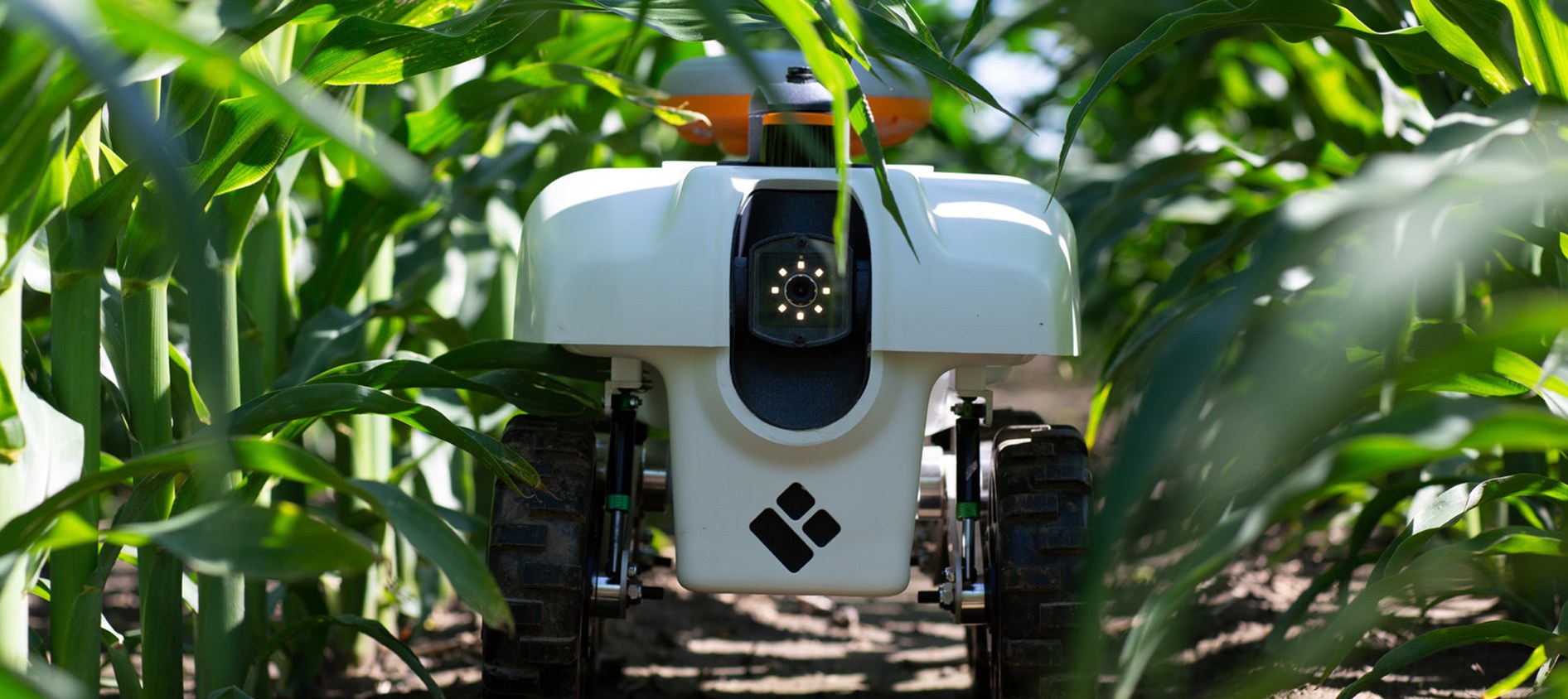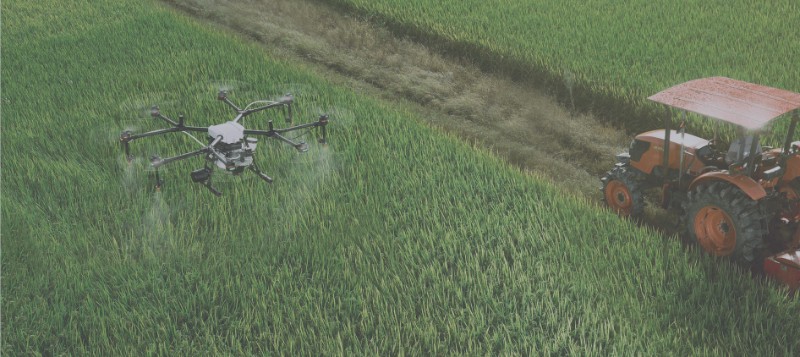The Agricultural Film Market: Trends, Opportunities, and Challenges

The agricultural film market has emerged as a critical component of modern agriculture, driven by the need to enhance crop productivity, ensure food security, and address environmental concerns. Agricultural films, primarily made from polyethylene (PE) and other polymers, are used in applications like mulching, greenhouse covering, silage, and tunnel farming. These films optimize growing conditions, conserve resources, and protect crops from adverse weather and pests. This article explores the market’s dynamics, key trends, opportunities, and challenges, providing a comprehensive overview of its current state and future prospects.
Market Overview
The global agricultural film market has witnessed steady growth in recent years, propelled by rising global food demand, advancements in farming techniques, and the adoption of sustainable agricultural practices. According to industry estimates, the market was valued at approximately $10.5 billion in 2023 and is projected to grow at a compound annual growth rate (CAGR) of 5.8% to 7% through 2030. Key regions driving this growth include Asia-Pacific, North America, and Europe, with Asia-Pacific holding the largest share due to its vast agricultural sector and increasing adoption of precision farming.
Agricultural films are categorized into types such as mulch films, greenhouse films, silage films, and stretch films, each serving distinct purposes. Mulch films, which dominate the market, are used to suppress weeds, retain soil moisture, and regulate temperature. Greenhouse films create controlled environments for year-round crop production, while silage films preserve fodder quality. The versatility of these films has made them indispensable in modern agriculture.
Key Drivers of Growth
1. Rising Global Food Demand: With the global population projected to reach 9.7 billion by 2050, according to the United Nations, the pressure on agricultural systems to produce more food is immense. Agricultural films enable higher crop yields by creating optimal growing conditions, making them vital for addressing food security challenges.
2. Technological Advancements: Innovations in polymer technology have led to the development of high-performance films, such as biodegradable, UV-resistant, and anti-fog films. These advancements improve durability, efficiency, and environmental compatibility, driving market adoption.
3. Sustainable Farming Practices: The shift toward sustainable agriculture has spurred demand for eco-friendly films. Biodegradable and compostable films, made from materials like polylactic acid (PLA), are gaining traction as alternatives to traditional plastic films, aligning with global sustainability goals.
4. Government Support: In many countries, government subsidies and policies promoting modern farming techniques have boosted the adoption of agricultural films. For instance, initiatives in India and China encourage farmers to use mulch and greenhouse films to enhance productivity.
Emerging Trends
Several trends are shaping the agricultural film market, reflecting technological, environmental, and economic shifts:
Biodegradable Films: Environmental concerns over plastic waste have accelerated the development of biodegradable films. These films decompose naturally, reducing soil contamination and disposal costs. Companies like BASF and Novamont are investing heavily in bio-based materials to meet regulatory and consumer demands.
Smart Films: The integration of smart technologies, such as films embedded with sensors to monitor soil conditions or UV-blocking properties, is gaining momentum. These films enable precision agriculture, optimizing resource use and improving crop outcomes.
Recycling Initiatives: Recycling programs for used agricultural films are expanding, particularly in Europe and North America. For example, initiatives in France and Canada collect and recycle plastic films, addressing waste management challenges and supporting a circular economy.
Regional Expansion: The Asia-Pacific region, particularly China and India, is witnessing rapid market growth due to large-scale farming and government-backed modernization. Similarly, Latin America and Africa are emerging markets, driven by increasing awareness of agricultural films’ benefits.
Challenges Facing the Market
Despite its growth potential, the agricultural film market faces several challenges:
Environmental Concerns: Traditional polyethylene films contribute to plastic pollution, as they are non-biodegradable and often improperly disposed of. This has led to regulatory restrictions in regions like the European Union, where single-use plastics face bans or limitations.
High Costs: Biodegradable and high-performance films are more expensive than conventional options, posing a barrier for small-scale farmers, particularly in developing regions. Balancing cost and sustainability remains a key challenge.
Recycling Limitations: While recycling initiatives are growing, the infrastructure for collecting and processing used agricultural films is limited in many regions. Contamination from soil and chemicals further complicates recycling efforts.
Fluctuating Raw Material Prices: The market’s reliance on petroleum-based polymers makes it vulnerable to price volatility in raw materials. This can impact production costs and profitability for manufacturers.
Opportunities for Growth
The agricultural film market presents significant opportunities for stakeholders:
Investment in R&D: Continued research into biodegradable and recyclable materials can address environmental concerns while maintaining performance. Partnerships between manufacturers and research institutions could accelerate innovation.
Expansion in Emerging Markets: Regions like Africa and Southeast Asia offer untapped potential due to their growing agricultural sectors. Companies can focus on affordable, tailored solutions to penetrate these markets.
Collaboration with Governments: Working with governments to develop subsidies or incentives for eco-friendly films can drive adoption among farmers. Public-private partnerships could also support recycling infrastructure development.
Adoption of Circular Economy Models: Companies that invest in closed-loop systems—collecting, recycling, and reusing agricultural films—can differentiate themselves in a competitive market while addressing environmental concerns.
Competitive Landscape
The agricultural film market is moderately fragmented, with key players including Berry Global Inc., BASF SE, Dow Inc., ExxonMobil, and RKW Group. These companies focus on product innovation, strategic partnerships, and geographic expansion to maintain their market positions. For instance, Berry Global has introduced biodegradable mulch films, while BASF is scaling up production of its Ecovio bio-based films. Smaller regional players also compete by offering cost-effective solutions tailored to local needs.
Future Outlook
The agricultural film market is poised for robust growth, driven by the need for sustainable and efficient farming practices. The shift toward biodegradable films, coupled with advancements in smart agriculture, will likely redefine the market’s trajectory. However, addressing environmental challenges and ensuring affordability will be critical to sustaining this growth. As governments, manufacturers, and farmers collaborate to balance productivity and sustainability, agricultural films will continue to play a pivotal role in shaping the future of global agriculture.
In conclusion, the agricultural film market represents a dynamic intersection of technology, agriculture, and sustainability. By leveraging innovation and addressing challenges, stakeholders can unlock significant opportunities, contributing to a more resilient and food-secure world.








